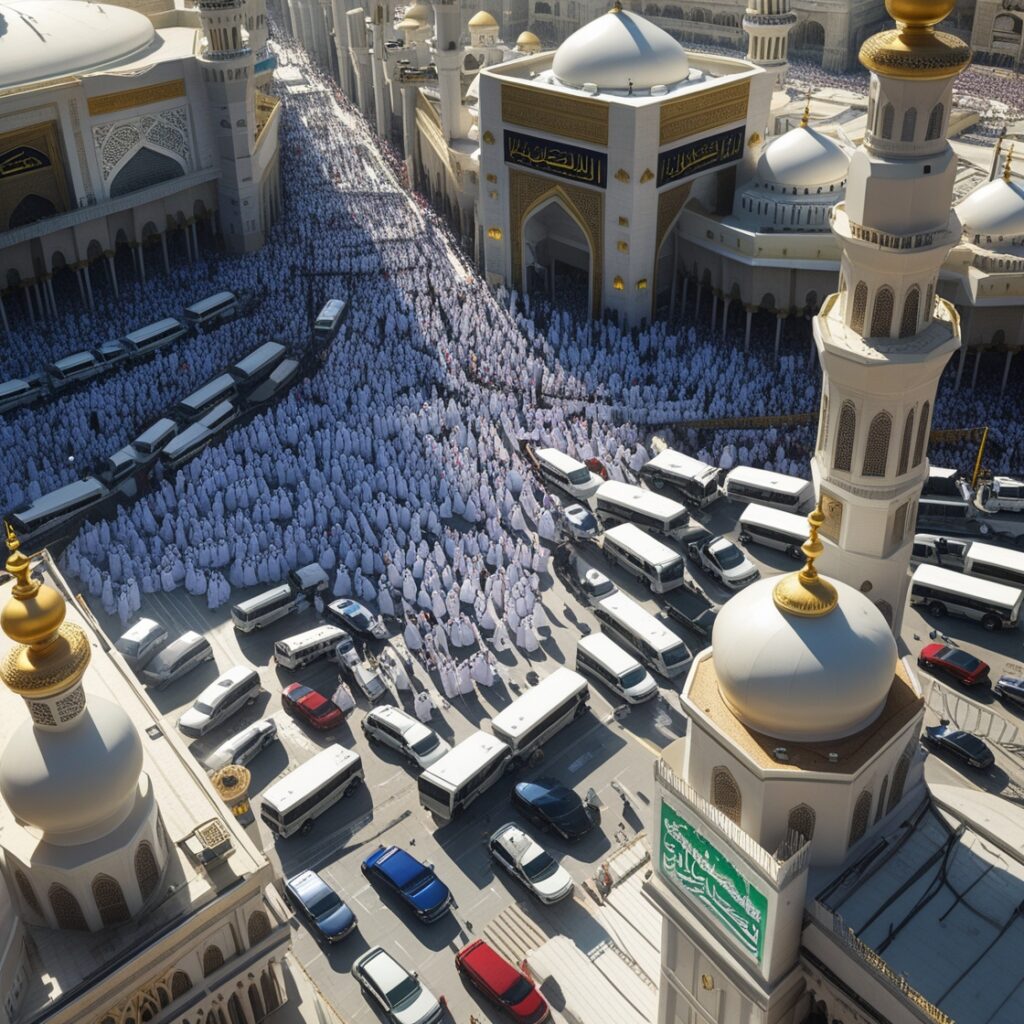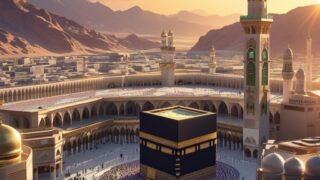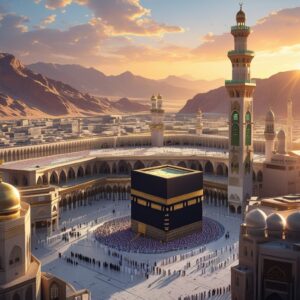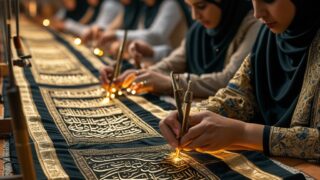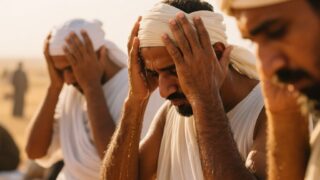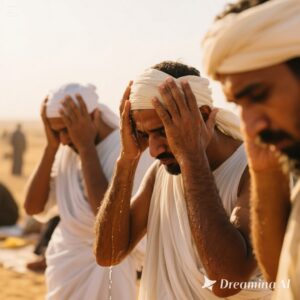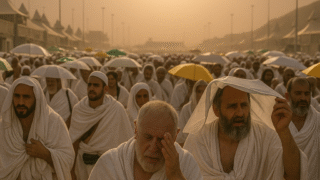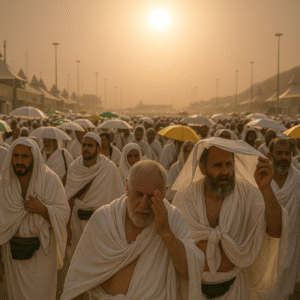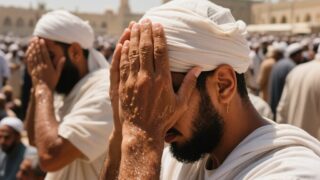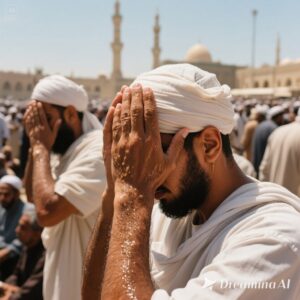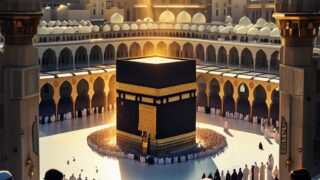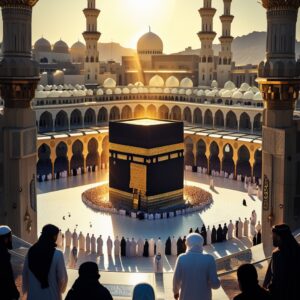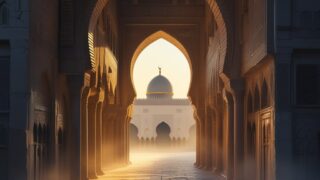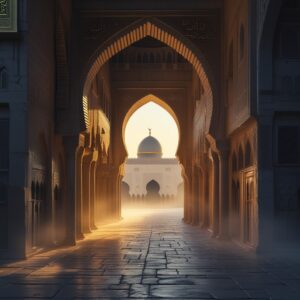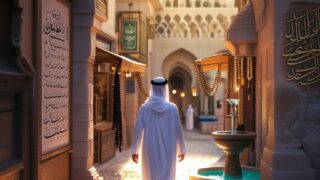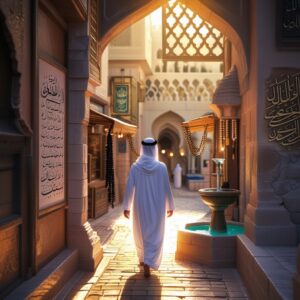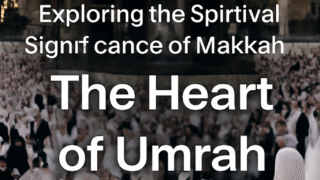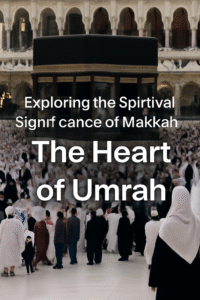10 Things You Didn’t Know About Makkah: Hidden Gems for Pilgrims
Introduction: Hook
Makkah, the holiest city for Muslims, is known worldwide for its spiritual significance. But beyond the **Kaaba** and **Masjid al-Haram**, there are hidden gems and lesser-known spots in Makkah that make the city even more special. In this article, we’ll reveal some fascinating aspects of Makkah that many pilgrims overlook, enhancing your Umrah and Hajj experience.
1. The Sacred Maqam Ibrahim
While many pilgrims are familiar with the **Kaaba**, few know that **Maqam Ibrahim** (the Station of Ibrahim) is a key spiritual site. It’s said that this stone was used by **Prophet Ibrahim** when building the Kaaba. Pilgrims often overlook the significance of praying near Maqam Ibrahim, but it’s a sacred site that connects pilgrims to the legacy of **Prophet Ibrahim**.
2. The Hidden Blessings of Zamzam Water
The **Zamzam well** is more than just a source of water; it’s one of the greatest blessings for Muslims. Many pilgrims simply drink Zamzam water, but it holds deep spiritual significance. It’s said that the water is not only blessed but also has healing properties for physical and spiritual ailments. Drinking from Zamzam allows you to reflect on the story of **Siti Hajar** and her search for water for her son, **Prophet Ismail**.
3. The Lesser-Known Significance of Safa and Marwah
While the hills of **Safa** and **Marwah** are famous for the **Sa’i** ritual, many pilgrims don’t realize their deeper spiritual connection. The **Sa’i** is a representation of **Siti Hajar’s** tireless effort in seeking water for her son. Reflecting on this journey symbolizes perseverance, patience, and faith in Allah’s plan.
4. The Historical Significance of Jabal al-Noor
Hidden in the mountains surrounding Makkah is **Jabal al-Noor**, a mountain of great spiritual importance. This is where **Prophet Muhammad** (PBUH) received the first revelation from Allah in the **Cave of Hira**. Pilgrims who visit this site often reflect on the beginnings of Islam and the profound change it brought to the world.
5. The Mysterious Hira Cave
At the top of **Jabal al-Noor** lies the **Cave of Hira**, where Prophet Muhammad (PBUH) received the first revelation. This sacred place is often overlooked by pilgrims, but the hike to the cave provides a profound experience of spiritual reflection and connection with the beginnings of Islam.
6. The Hidden Treasures of Makkah’s Old Markets
While most pilgrims rush through the **Masjid al-Haram**, Makkah is also home to some **old markets** filled with treasures. You can find traditional **Islamic artifacts**, **prayer beads**, **traditional clothing**, and much more. These markets offer a glimpse into the local culture and the historical richness of Makkah.
7. The Significance of Mount Arafat Beyond Hajj
While **Mount Arafat** is most famous for its role in **Hajj**, its significance extends beyond the pilgrimage. It’s a place where Prophet Muhammad (PBUH) delivered his final sermon. Even if you are performing Umrah, it’s worth reflecting on the historical and spiritual importance of this site.
8. The Spiritual Quiet of Makkah’s Desert
The desert surrounding **Makkah** offers an unexpected but deeply spiritual experience. Many pilgrims miss the tranquility and peace that can be found in these barren lands. It’s a great place for self-reflection, meditation, and connection with Allah in a serene environment away from the crowds.
9. The Unique Significance of the Maqam of Prophet Ismail
Many people are unaware of the **Maqam of Prophet Ismail** located near the Kaaba. This site, marked by a small stone, symbolizes the place where **Prophet Ismail** (son of Prophet Ibrahim) is believed to have stood during the construction of the Kaaba. Pilgrims are encouraged to visit this location and reflect on Ismail’s connection to the Kaaba and Islam.
10. The Hidden Spiritual Power of Makkah’s Silent Prayer Areas
Beyond the hustle and bustle of **Masjid al-Haram**, there are quieter, more secluded prayer areas within Makkah. These spaces allow pilgrims to engage in deep reflection and make personal prayers to Allah without the distractions of the crowds. These hidden gems offer a peaceful refuge for those looking to connect more deeply with their spirituality.
Conclusion: The Hidden Gems Await
Makkah is not just the center of Islamic pilgrimage but also a city full of hidden treasures and spiritual experiences waiting to be discovered. By exploring these lesser-known gems, pilgrims can enhance their journey and deepen their connection to Islam. Remember, Umrah and Hajj are not just about performing rituals, but about understanding the rich history and spiritual legacy of Islam.
Call to Action: Ready to discover more about Makkah and its spiritual gems? Click [here](https://bismillahmekah.blogspot.com) to explore more about Umrah, Hajj, and the sacred sites of Makkah.
Sources:
